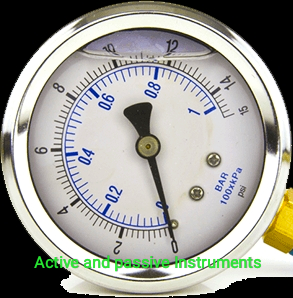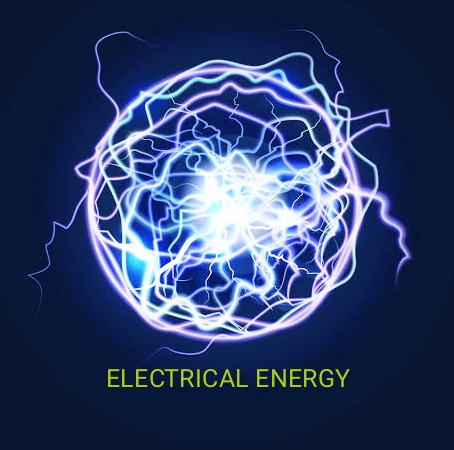Difference Between Slip ring and Squirrel cage induction motor
Difference Between Slip ring and Squirrel cage induction motor
 |
| Difference Between Squirrel cage and Slip ring inductio motor |
Slip ring or phase wound Induction motor
1.Construction is complicated due to presence of slip ring and brushes.
2.The rotor winding is similar to the stator
winding.
winding.
3.We can easily add rotor resistance by using slip ring and brushes.
4.Due to presence of external resistance high starting torque can be obtained.
5.Slip ring and brushes are present.
6.Frequent maintenance is required due to presence of brushes.
7.The construction is complicated and the presence of brushes and slip ring makes the motor more costly.
8.This motor is rarely used,only 10%
industry uses slip ring induction motor.
industry uses slip ring induction motor.
9.Rotor copper loss is high and so less efficiency.
10.Speed control by rotor resistance method is possible.
11.Slip ring induction motor.is used where high starting torque is required i.e. in hoists, cranes, elevator etc.
Squirrel cage induction motor
1.Construction is very simple.
2.The rotor consists of rotor bars which are permanently shorted with the help of end rings.
3.Since the rotor bars are permanently|
shorted,its not possible to add external
resistance.
shorted,its not possible to add external
resistance.
4.Starting torque is low and cannot be|
improved.
improved.
5.Slip ring and brushes are absent.
6.Less maintenance is required.
7.The construction is simple and robust and it is cheap as compared to slip ring
induction motor.
induction motor.
8.Due to its simple construction and low cost the squirrel cage induction motor is widely used.
9.Less rotor copper losses and hence high efficiency.
10.Speed control by rotor resistance method is not possible.
11.Squirrel cage induction motor is used in lathes,drilling machine,fan,blower printing machines etc.





Comments
Post a Comment